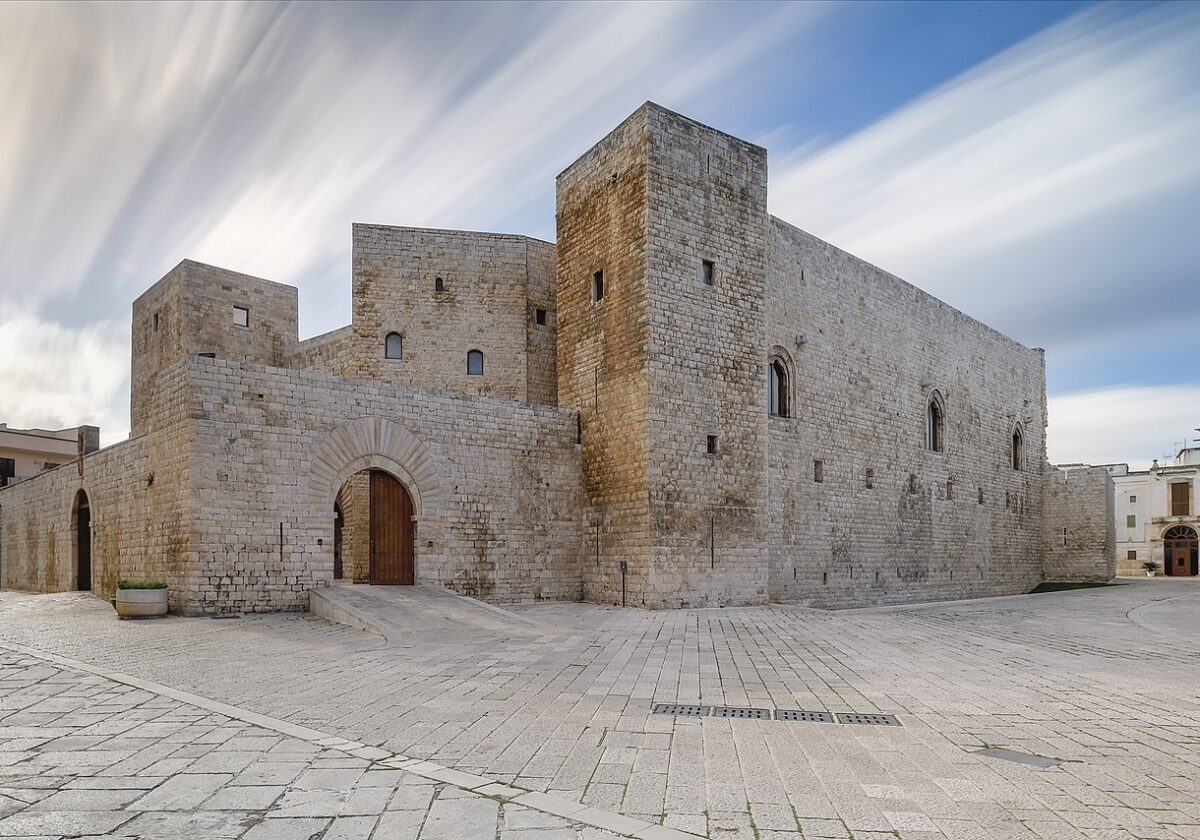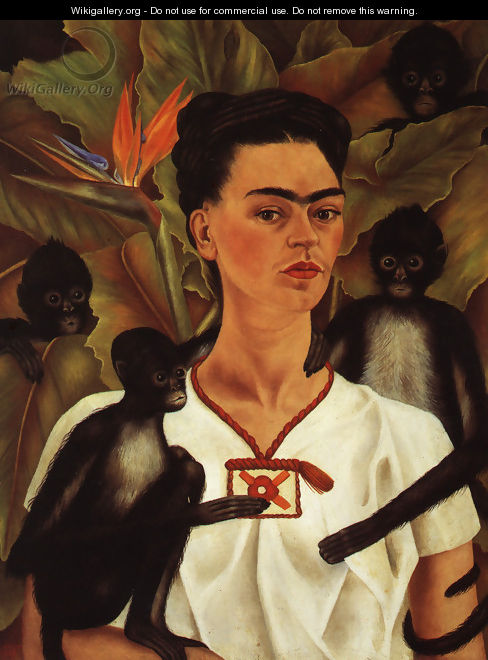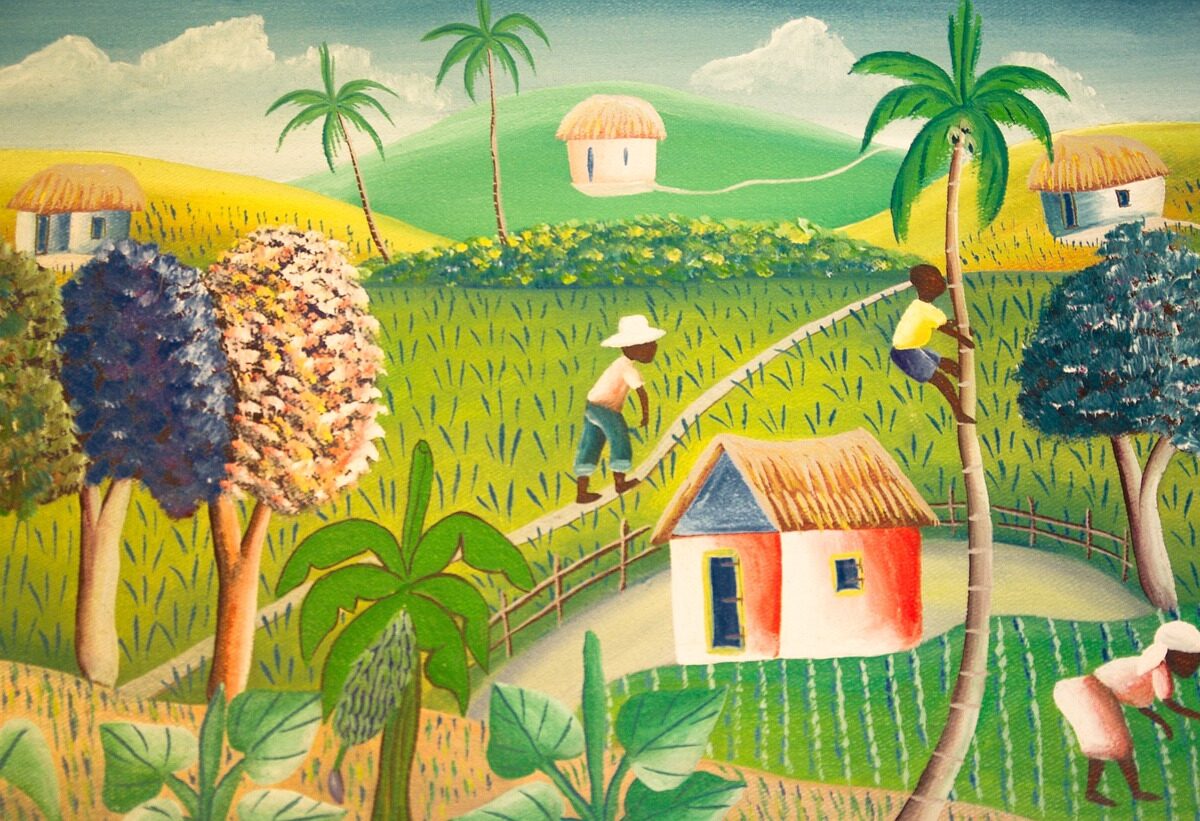This astonishing memoir was hailed as an instant classic when first published in Colombia in 2012, nearly a decade after the death of its author, who was encouraged in her writing by Gabriel García Márquez. Comprised of letters written over the course of thirty years, and translated and introduced by acclaimed writer Daniel Alarcón, it describes in vivid, painterly detail the remarkable courage and limitless imagination of a young girl growing up with nothing..
Emma Reyes was an illegitimate child, raised in a windowless room in Bogotá with no water or toilet and only ingenuity to keep her and her sister alive. Abandoned by their mother, she and her sister moved to a Catholic convent housing 150 orphan girls, where they washed pots, ironed and mended laundry, scrubbed floors, cleaned bathrooms, sewed garments and decorative cloths for the nuns—and lived in fear of the Devil. Illiterate and knowing nothing of the outside world, Emma escaped at age nineteen, eventually establishing a career as an artist and befriending the likes of Frida Kahlo and Diego Rivera as well as European artists and intellectuals. The portrait of her childhood that emerges from this clear-eyed account inspires awe at the stunning early life of a gifted writer whose talent remained hidden for far too long.
Emma Reyes (1919–2003) was a Colombian painter and intellectual. Born in Bogotá, she also lived in Buenos Aires, Montevideo, Jerusalem, Washington, and Rome before settling in Paris. She dedicated most of her life to painting and drawing, slowly breaking through as an artist and forging friendships with some of the most distinguished European and Latin American artists, writers, and intellectuals of the twentieth century, among them Frida Kahlo, Diego Rivera, Jean-Paul Sartre, and Pier Paolo Pasolini. The year she passed away, the French government named her a Knight of the Order of Arts and Letters.








nice post n share
i always read your post obat perangsang wanita
good luck for you obat pembesar penis
longchamp handbags
cheap nba jerseys
michael kors outlet online
nba jerseys
michael kors outlet
coach outlet store online
coach outlet
air max shoes
mulberry uk
cheap jordans for sale
20170904lck
Services availaBle:
– Cleaning houses, BuilDings anD villas (apartments – shops – hotels)
– Plain anD polishing marBle.
– Cleaning tiles.
شركة الاول لكشف تسربات المياه بالخبر
شركة الاول لمكافحة حشرات بالرياض
شركة الاول شركة نقل اثاث بالرياض
شركة تنظيف بالرياض
شركة الاول للتنظيف
شركة الاول تخزين اثاث بالرياض
شركة تنظيف شقق بالمدينة المنورة
افضل شركة تنظيف بالمدينة المنورة
تنظيف سجاد بالرياض
شركة الاول شركة نقل عفش بالمدينة المنورة
شركة الاول لكشف تسربات المياه بالمدينة المنورة
شركة الاول شركة مكافحة حشرات بالمدينة المنورة
شركة الاول لتنظيف خزانات بالمدينة المنورة
شركة تنظيف منازل شرق شمال الرياض
dalilkuwait.com/
شركة تنظيف
شركة تنظيف منازل
شركة تنظيف منازل كويتيات
تنظيف شقق
klg tangerang
membesarkan penis secara alami
testimoni pelanggan klg pills usa
khasiat klg pills obat pembesar penis
thanks for sharing, nice post.
Vibrator Pretty Love Snappy
Vibrator Sensual Massager
Teaser Tongue Vibrator Tangan
Vibrator Climax Combo Massager
Vibrator Cute Dragon
Vibrator Fantasy Bliss
Vibrator Egg Capsul Wireless
Vibrator Fairy Mic
Vibrator Finger Ring Dua Jari
Vibrator Kondom Beauty Kit
Thanks for sharing this post
MobileHackers – Best Games, Softwares, PC & Mac Cracks!
شركة الياسمين لمكافحة الحشرات بجدة نقوم بمكافحة جميع انواع الحشرات والقضاء عليها نهائيا
توفر شركة مكافحة حشرات بجدة خدمة مكافحة الحشرات لساكنى منطقة جدة، كما تتميز بالكثير في ذلك المجال عن منافسيها.
حيث تقوم الشركة بتوفير جميع أنواع المبيدات سواء كانت للقوارض أو الحشرات العادية، أو الحشرات الزاحفة.
كما توفر مجموعة من المبيدات ألأمنه على الصحة.
كما أن جميع منتجاتها أمنه علي الصحة ومصرح بها من قبل وزارة الصحة.
توفر لك كذلك خدمة المتابعة المستمرة للوقاية من خطر عودة الحشرات.
شركة مكافحة حشرات بجدة
شركة رش مبيدات بجدة
شركة مكافحة الصراصير بجدة
شركة مكافحة النمل الابيض بجدة
شركة مكافحة العته بجدة
شركة مكافحة البق بجدة
شركة مكافحة الفئران بجدة
لأننا جميعاً نرغب في الحصول على مصدر نقي للمياه التي نستخدمها ولا نستطيع أن نضمن حتى نظافة الخزانات التي نستخدمها في منازلنا ,وعلى الرغم من أن عملية تنظيف الخزانات بسيطة إلا أنها تصعب على العمل أن يقوموا بها بمفردهم .
لا نقومفقط بتنظيف الخزانات بل نقوم ايضا بالعزل بجميع انواعه وافضل الخامات وايضا لدينا احدث الاجهزة لكشف تسربات المياه دون اللجوء الى التكسير
شركة تنظيف خزانات بجدة
شركة عزل خزانات بجدة
شركة كشف تسربات المياه بجدة
توفر شركة الياسمينة في ذلك المجال
أولا :_ الكثير من المنظفات الممتازة الفاعلية وذات رائحة ذكية في ذات الوقت.
كما أنها توفر أحدث الأدوات المستخدمة في عملية التنظيف وإزالة البقع الصعبة.
ثانيا:_ توفر خدمة تنظيف الزجاج وجلي البلاط من المجالس والكنب والموكيت وخلافة.
ثالثا:_ كما توفر الشركة الكثير والعديد من طرق مكافحة الحشرات والمتابعة المستمرة لمنع ظهور الحشرات مرة أخرى.
رابعا:_ توفر مجموعة من المبيدات الحشرية ألأمنه علي الصحة والمصرح بها من وزارة الصحة.
شركة الياسمينه لخدمات التنظيف ومكافحة الحشرات
شركة تنظيف بجدة
شركة تنظيف بالبخار بجدة
شركة تنظيف فلل بجدة
شركة تنظيف منازل بجدة
شركة تنظيف شقق بجدة
شركة نظافة بجدة
شركة تنظيف خزانات بالرياض
شركة عزل فوم بالرياض
شركة عزل اسطح بالرياض
شركة عزل خزانات بالرياض
شركة صيانة مكيفات بالرياض
شركة مقاولات عامة بالرياض
مكافحة حشرات بالرياض
شركة رش مبيدات بالرياض
شركة مكافحة فئران بالرياض
شركة مكافحة صراصير بالرياض
شركة مكافحة النمل الابيض بالرياض
شركة مكافحة حشرات بالرياض
شركة مكافحة البق بالرياض
شركة تسليك مجاري بالرياض
شركة كشف تسربات المياه بالرياض
شركة تنظيف بيارات بالرياض
شركة جلي بلاط بالرياض
شركة شراء اثاث مستعمل بالرياض
شركة نقل اثاث بالرياض
شركة تخزين عفش بالرياض
شركة نقل عفش بالرياض
نقل عفش بالرياض
شركة تنظيف موكيت بالرياض
شركة تنظيف منازل بالرياض
شركة تلميع سيراميك بالرياض
شركة تنظيف مدارس بالرياض
تنظيف بالرياض
شركة تنظيف بالبخار بالرياض
شركة تنظيف بالرياض
شركة تنظيف مجالس بالرياض
شركة تنظيف مساجد بالرياض
شركة تنظيف شقق بالرياض
شركة تنظيف فلل بالرياض